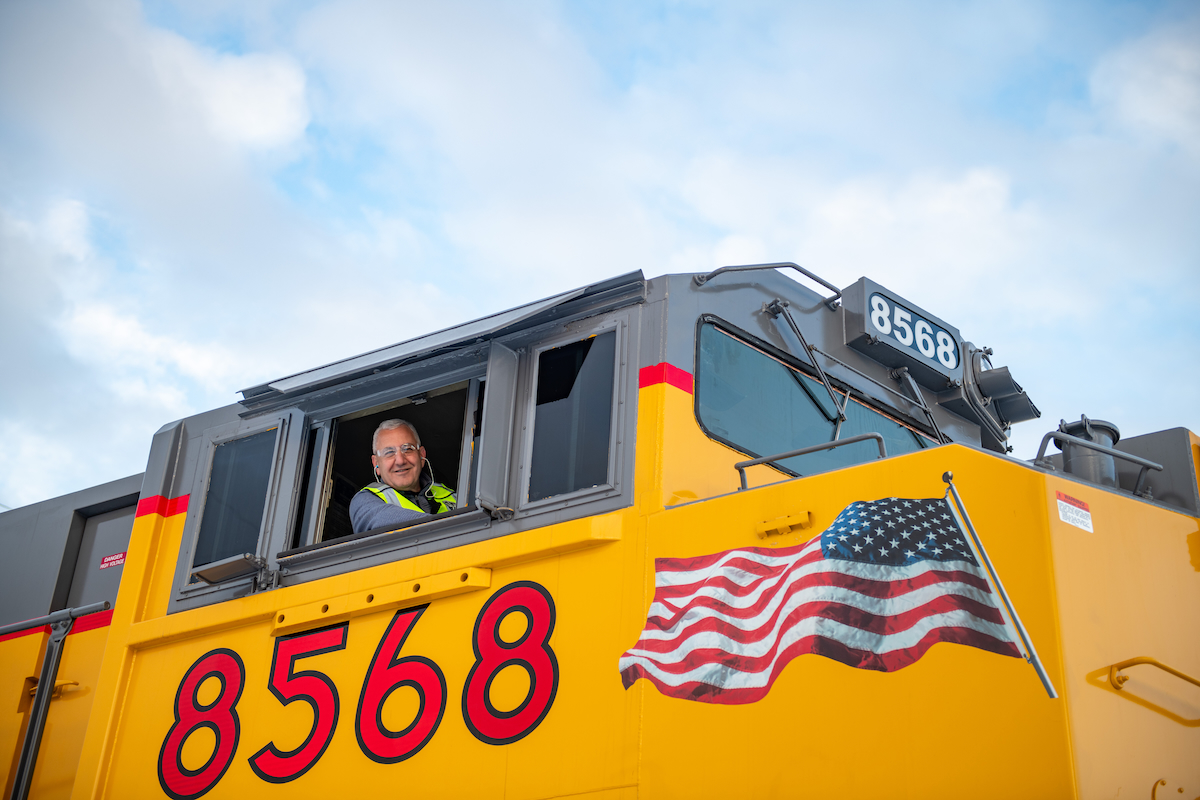
OMAHA, Neb. — Union Pacific CEO Jim Vena says the railroad has made progress on safety, service, and operations since he became chief executive a year ago — but he’s quick to add that there’s still plenty of room for improvement.
The scorecard for Vena’s first year as CEO, which began on Aug. 14, 2023, reads like this:
- Safety: For the first six months of 2024, the employee injury rate is down 20%, while the railroad’s derailment rate is down 15%.
- Service: On-time performance has improved, with the manifest service performance index up by 7.2 points (to 84%) and the intermodal index up 11.4 points (to 93%) over the 12 months ending June 30.
- Operations: Cars are moving 6% faster based on car-miles per day, as average train speed is up 9% and terminal dwell is down 4%. Locomotive productivity is up 9%, as average train size grew 2% over the same time period.
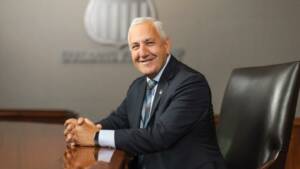
“So lots of good things,” Vena says. “But the journey has just started and we need to continue that in the years ahead.”
Vena’s multiyear strategy is that a focus on safety, service, and operational excellence will lead to volume growth on a railroad that has lagged the rest of the industry in growth for the past decade.
The safety numbers are encouraging, Vena says, but building a new safety culture takes time. “We’ve seen improvements but we’re nowhere near our goal,” Vena said in an interview. “So a lot more work to do. And that is a bit complicated in the sense of it’s about the culture of the people.”
Following widespread operational problems related to crew shortages in 2022, UP’s customers have noticed the railroad’s service improvements, Vena says. “But they won’t trust it unless there’s some consistency and you recover quick,” he says.
The railroad’s operations have shown resilience in the face of flooding in Southern California, the Midwest, and Texas over the past year, which Vena credits to having extra train crews and locomotives at the ready.
“You always have to have a buffer and you always have to understand what your capability to recover is because you’re going to be affected by something that is outside of your control,” Vena says. “Who thought we’d get a hurricane in July?”
“Critical resource availability has improved under Mr. Vena,” says Rick Paterson, a railroader turned analyst at Loop Capital Markets, who closely follows railroad performance metrics. The average daily number of trains holding for crews and power has fallen, he notes.
“Weather always plays a part. Union Pacific was hit hard by Houston flooding in the first week of May, resulting in eight days of related lane closures, but then handled Hurricane Beryl very well in the same location on July 9,” Paterson says.
Despite service improvements, new traffic has been hard to come by over the past year amid excess trucking capacity, a slowing economy, and a steep drop in coal traffic.
Overall, UP’s traffic is flat this year as 4% intermodal growth and 1% growth in non-coal carloads have offset the 22% decline in coal shipments. “That’s a pretty good result, showing that we can grow our business even with that big headwind that we have because of the drop in thermal coal,” Vena says.
But over the longer term, the railroad needs to gain new traffic by luring freight off the highway. “We need to grow our business in other products,” Vena says. “What happens to coal happens to coal. We can’t control that one.”
Low-cost natural gas and renewable energy are elbowing out coal as a source of electricity generation, while aging power plants are being shut down to comply with more strict emissions rules. Vena says it’s unclear whether the decline in UP’s coal traffic will continue or level off amid rising demand for electricity.
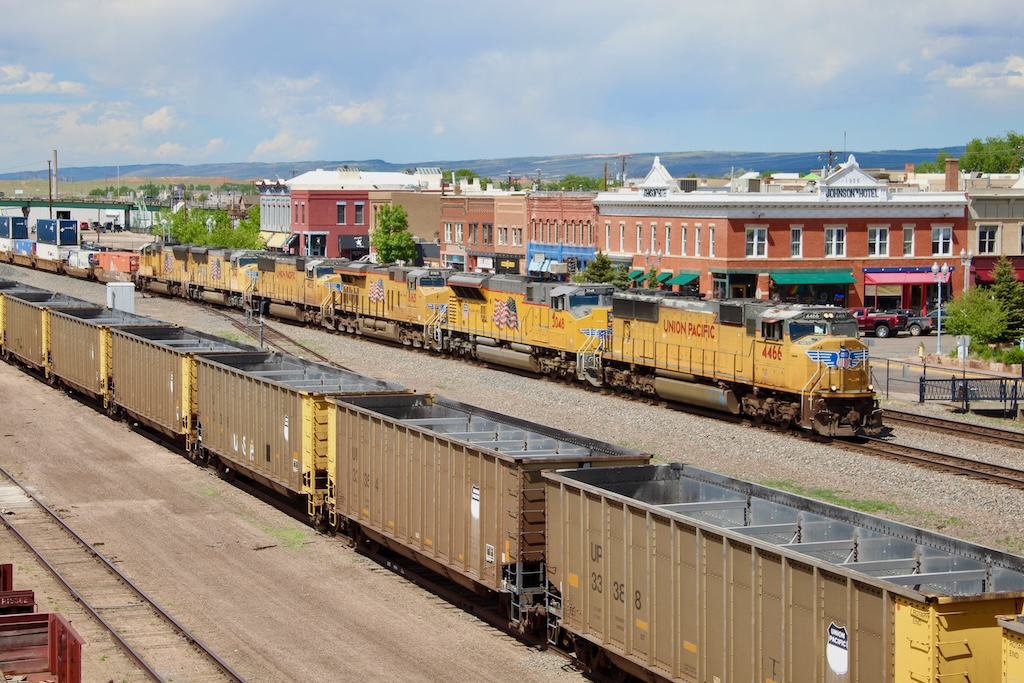
Vena says that UP will gain intermodal volume in key lanes — like Los Angeles to Chicago, L.A. to Dallas and Houston, and Chicago to Mexico — by providing faster, more consistent service that’s competitive with over the road trucks. “That’s how we win,” he says.
Over the past year UP has slashed transit times by two days for its premium domestic Z trains that link Southern California with Chicago. It also took a full day out of the Eagle and Falcon Premium service that links Mexico with Chicago and, via Canadian National, Detroit and points in Canada. “Now you’re talking about truck competitive,” Vena says. “People need the speed.”
Intermodal growth also will come through interline partnerships with CSX and Norfolk Southern, Vena says, and by putting more and bigger dots on the map. UP has opened an international intermodal terminal in Phoenix, expanded service out of the port of Houston, and has expansions under way at its Lance M. Fritz Inland Empire Intermodal Terminal in Fontana, Calif., as well as in Kansas City.
“Right now, with where prices are for trucking, it’s pretty hard for people to convert over to rail,” Vena says. But over the long term intermodal business will come to UP, partly to take advantage of intermodal’s lower greenhouse gas emissions, Vena says.
The CEO also sees growth potential in Gulf Coast petrochemical traffic, Mexico cross-border traffic, and by teaming up with the other Class I systems. All of the Class I CEOs have a focus on growth, Vena says. “We want to all grow faster than what the industrial economy gives us,” he says.
And that’s important when 40% of UP’s traffic is interchanged with another Class I or a short line railroad, Vena says. All of the CEOs have the same mentality on running efficient railroads that aim to keep a capacity buffer, rather than chasing down the last dollar of costs to cut, he adds.
“I love the way the railroads are thinking. All of us,” Vena says.
UP’s operations and productivity improvements have brought stronger earnings growth to the railroad. In the second quarter, operating income increased 9% even though revenue was up just 1%. UP’s operating ratio — which Vena insists is not a goal but rather is the result of everything a railroad does — improved 3 points, to 60%.
Vena, who accelerated UP’s shift to a Precision Scheduled Railroading operating model while chief operating officer in 2019 and 2020, faced criticism from regulators in his first months back at the railroad.
In September, Federal Railroad Administration Administrator Amit Bose questioned UP’s equipment inspection practices and shop staffing levels. In November, then Surface Transportation Board Chairman Martin J. Oberman said he was concerned with management layoffs at UP headquarters, as well as mechanical furloughs.
Vena says UP shares regulators’ goals providing safe and reliable service that will lead to volume growth. And he says management has improved communication with unionized employees, and continues to work with the Brotherhood of Locomotive Engineers and Trainmen on implementing more predictable schedules for engineers, including set days off.
Vena says the headquarters layoffs were necessary to reduce bureaucracy, speed up decision-making, and to give local officials — rather than Omaha — more power to make decisions.
“We continue to make sure that the bureaucracy is not limiting your capability to make the right decision. That’s very key,” Vena explains. “Second is … if you have too many people and too many layers, the information and the communication does not always flow properly to all the levels in the company.
“And the last thing is we want to drive decision-making down to the front-level supervisor,” Vena says. “There’s a reason for it, and this is truly very important and it’s a cultural change.”
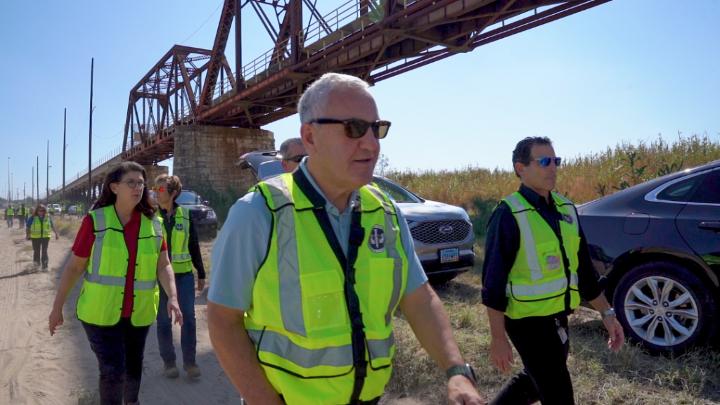
Vena says local operating officials in Eagle Pass, Texas, for example, are in a far better position to understand the migrant situation, its impact on operations, and customer expectations than someone sitting behind a desk at headquarters or in the Harriman Dispatching Center.
Vena says UP will continue to fine tune its management structure but that it won’t require additional layoffs.
Independent analyst Anthony B. Hatch says Vena has brought change to UP. “He has restored positive momentum and he has really become the public face of the company,” Hatch says of the charismatic chief executive.
Paterson says UP’s operational improvements are meager when comparing the past three months to the same period a year ago, when Lance Fritz was chief executive and UP had largely emerged from crew shortages. Average car miles per day, for example, is up 1%.
“The improvements are a bit underwhelming, but the other piece that’s harder to read is what sort of cultural changes are taking place under the hood,” Paterson says. “If they’re successful in their goal to flatten the structure and improve decision making, it sets them up for more material gains going forward.”






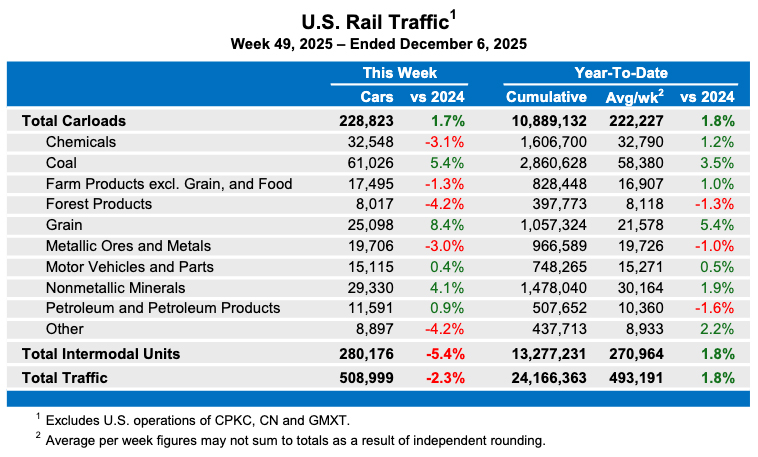


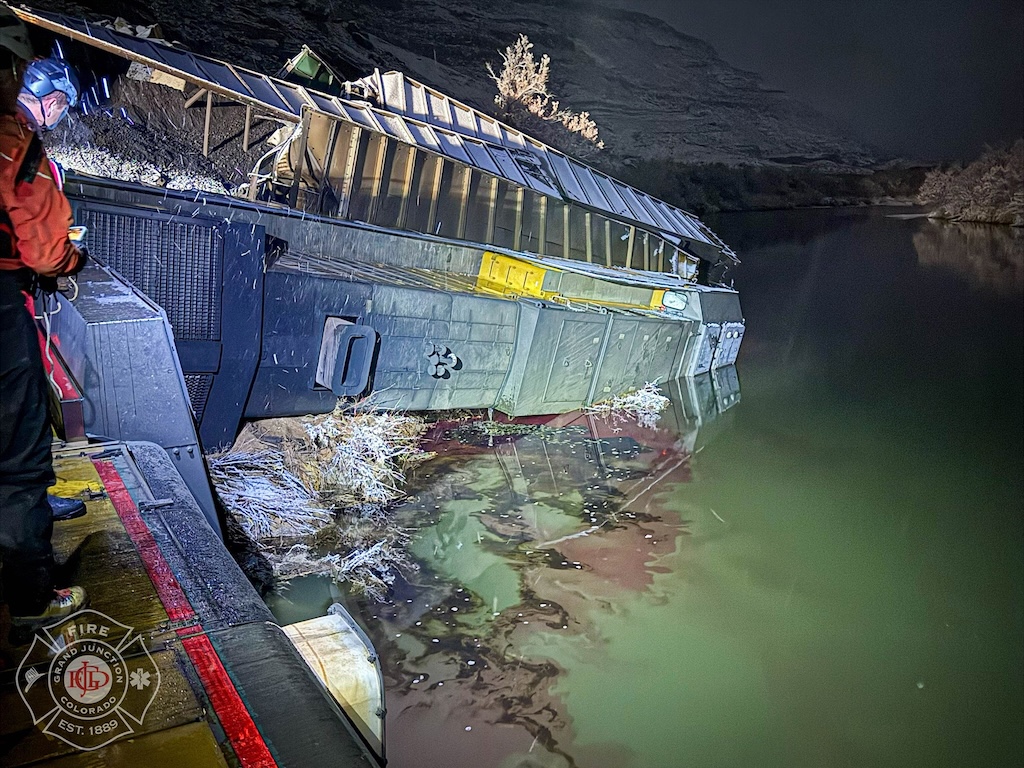




and yet I watch the UP turn down 500 car loads a month because” we don’t want it”. what industry turns down revenue
What 500 car business are they turning down? Document what you are talking about and I will make sure it gets to Kenny Rocker and Vena.
U.P.’s corporate theme music: https://www.youtube.com/watch?v=IOIkNEli2K8